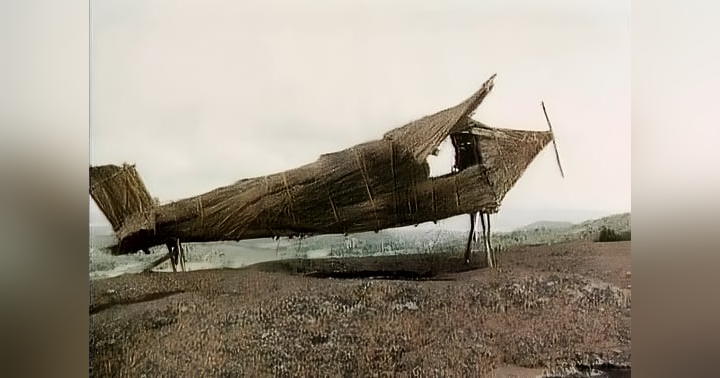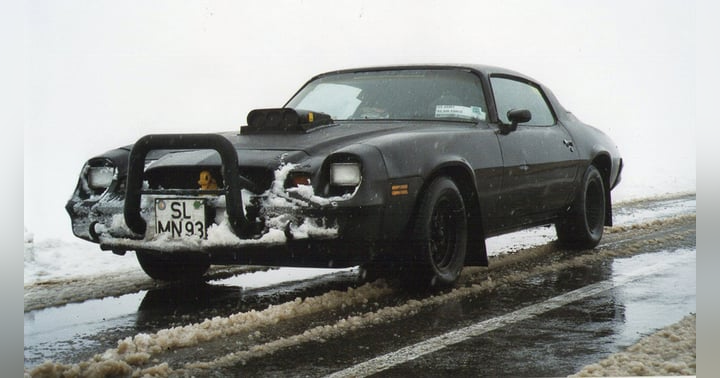The Battle for Peleliu

Pressure Points discussed Peleliu in S4E6 - The Forgotten Battle of Peleliu - listen now!
The Battle of Peleliu was a significant event in World War II, fought between the United States and Japan during the Mariana and Palau Islands campaign of the Pacific Theater. The battle began on September 15, 1944, and lasted for 73 days, with the U.S. military codenaming it Operation Stalemate II. The battle was part of the Allies' "island-hopping" strategy. It was believed that Peleliu needed to be captured before operations could commence against the Philippines and Japanese airfields that might threaten MacArthur's right flank.
The main task of securing the island was given to the 1st Marine Division, a largely veteran unit that had seen action at Guadalcanal and New Britain the previous year. The division commander, Major General William H. Rupertus, unwisely predicted that Peleliu would be secured in only four days, a comment, unfortunately, picked up and repeated by the press. However, the battle was among the bloodiest and most controversial of the Pacific War.
The Japanese defenders had fortified the island with a network of bunkers, tunnels, and pillboxes, making it difficult for the Marines to advance. The fighting for the strong points, bunkers, and tunnel complexes typified the extreme nature of combat on Peleliu. Ultimately, tactics devolved into a slow, siege-like situation in which nearly every strongpoint had to be first isolated from adjoining positions and then reduced in hand-to-hand combat.
The battle for Peleliu allowed Marines to practice and perfect their skills in close air support. Marine aviators demonstrated ingenuity and bravery in providing close air support to the ground troops, often flying at low altitudes and under heavy fire.
The battle was costly for both sides, with U.S. casualties on Peleliu numbering 1,544 killed in action and 6,843 wounded. Notably, the 1st Marine Regiment suffered 70 percent casualties—1,749 men—in six days of fighting, while the 7th Marine Regiment suffered 46 percent casualties. Both would be considered "combat ineffective" by modern standards.
A column of Marines moves up to the front lines on Peleliu.
In the decades following the war, the Battle of Peleliu has been remembered and interpreted differently. Some see it as a heroic struggle against a determined enemy, while others view it as a tragic and unnecessary waste of lives. Regardless of one's interpretation, the battle remains an essential chapter in the history of the Pacific War and a testament to the bravery and sacrifice of the men who fought there.
If you want to hear more stories like this, please consider listening to the podcast!


